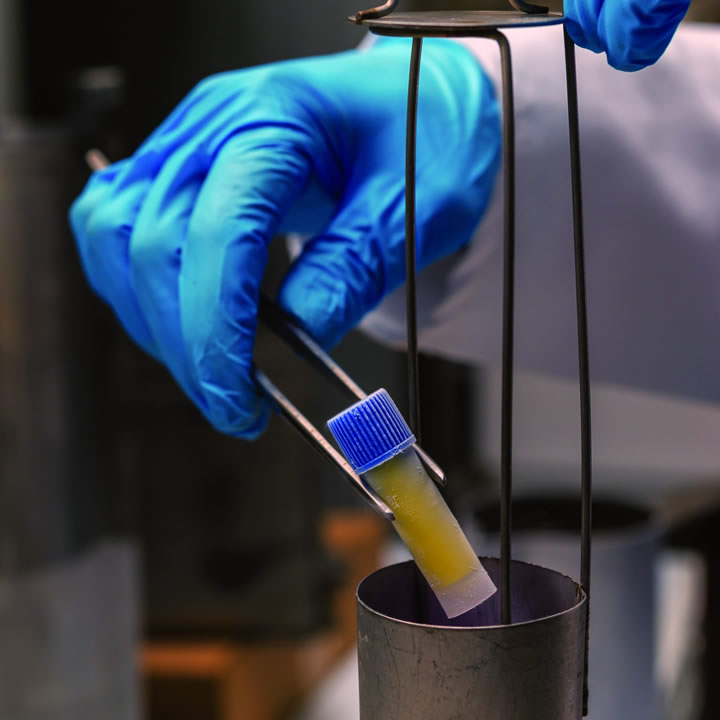Cell banking is a critical process in the field of biotechnology and pharmaceutical research, providing a stable and renewable source of cells for various applications.
Whether you are working with stem cells, genetically modified cells, or cell lines, mastering cell banking techniques is essential to ensure the consistency, reproducibility, and safety of your experiments.
In this article, we will discuss best practices and important considerations to help you optimize your cell banking process.
Understanding Cell Banking
Cell banking involves the preservation and storage of cells in a controlled environment, typically at ultra-low temperatures, to maintain their viability and functionality. These cell banks serve as master stocks, allowing researchers to retrieve and propagate cells for future experiments, quality control testing, and large-scale production.
Choosing the Right Cell Banking Strategy
Selecting the Cell Type: Consider the specific needs of your research or production process when choosing the cell type for banking. Different cells have varying requirements for growth media, culture conditions, and cryopreservation methods.
Establishing a Cell Line: If you are working with a specific cell line, it is crucial to verify its identity, purity, and stability before initiating the banking process. Conduct regular authentication tests and monitor the cell line’s characteristics throughout its lifespan.
Creating a Master Cell Bank (MCB): The MCB is the primary source for generating working cell banks (WCBs). It should be thoroughly characterized, well-documented, and stored in multiple vials to minimize the risk of cross-contamination or loss of the entire stock.
Generating Working Cell Banks (WCBs): WCBs are derived from the MCB and are used for routine experiments. It is recommended to create multiple vials of WCBs to avoid depletion of the entire stock in case of contamination or accidental loss.
Optimizing Cryopreservation Techniques
Cryoprotective Agents: Selecting the appropriate cryoprotective agent(s) is crucial for cell viability during freezing and thawing. Commonly used agents include dimethyl sulfoxide (DMSO) and glycerol.
Determine the optimal concentration and cooling rate for your cell type to minimize cell damage.
Freezing Rate: Controlled-rate freezing using programmable freezers or cryopreservation equipment ensures gradual cooling, reducing the formation of ice crystals that can harm cells. Monitor and optimize the cooling rate based on the cell type and cryoprotective agent used.
Cryovials and Labels: Use cryovials specifically designed for cryogenic storage, capable of withstanding ultra-low temperatures. Clearly label each vial with essential information, such as cell type, passage number, and freezing date, to maintain proper inventory and traceability.
Storage and Inventory Management
Storage Conditions: Store cryovials in liquid nitrogen (-196°C) or ultra-low temperature freezers (-80°C to -150°C), depending on the cell type and its cryopreservation requirements. Regularly monitor and record the storage temperature to ensure stability.
Inventory Tracking: Implement a robust inventory management system to keep track of cell banks, including detailed records of cell type, passage number, freezing and thawing dates, and usage history.
This helps maintain quality control and ensures cells are used within their recommended lifespan.
Quality Control and Documentation
Quality Control Testing: Regularly perform quality control tests on the MCB and WCBs to assess cell viability, identity, purity, and stability. This includes testing for mycoplasma contamination and confirming cell line identity through genetic profiling or other authentication methods.
Standard Operating Procedures (SOPs): Develop and follow standardized protocols for all cell banking procedures. Document every step, including detailed instructions, equipment used, and critical parameters.
SOPs facilitate consistency, reproducibility, and adherence to regulatory requirements.
Conclusion
Mastering cell banking techniques is crucial for successful and reliable cell-based research and production.
By companies like Wheeler Bio following best practices and considering key factors such as cell type selection, cryopreservation techniques, storage conditions, and quality control, you can ensure the integrity and longevity of your cell banks.
Remember, proper documentation, careful inventory management, and continuous monitoring are essential for maintaining the highest standards in cell banking.

